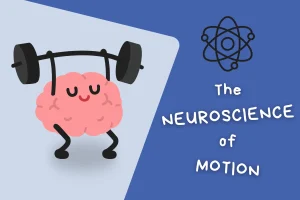
- Trusted by Over 2000 Schools Nationwide
- Top-Rated PD Provider ★★★★★ 4.77
- Save with our Kits & Packages – Shop Now! →
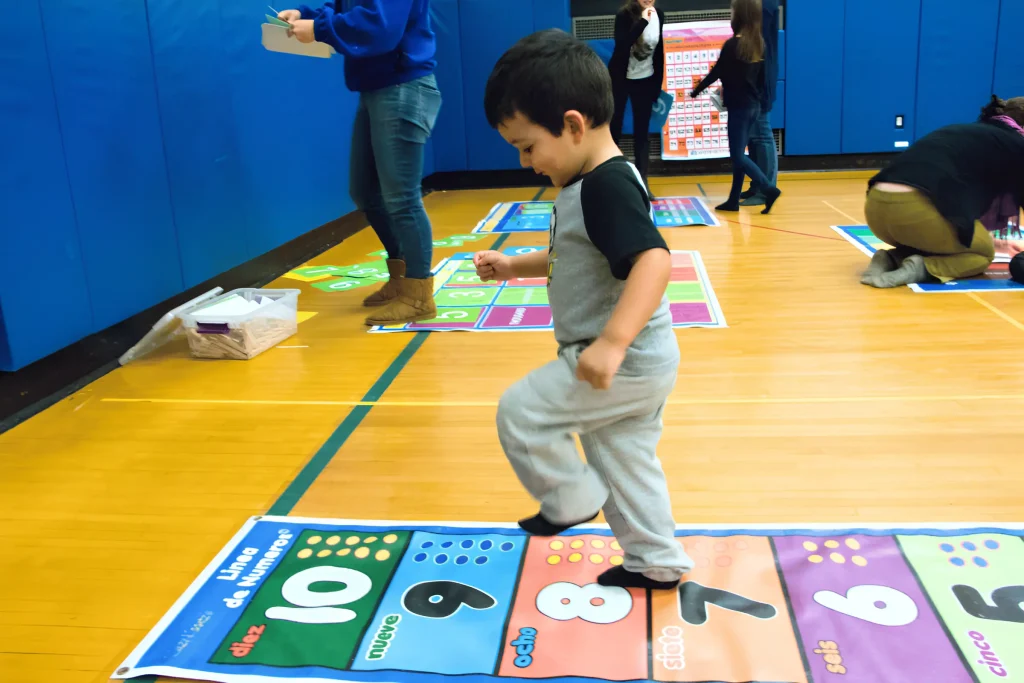
Finding teaching methods that work for a completely English-speaking class is difficult enough, let alone a bilingual class. Supporting ELL students in the classroom requires engaging and effective instruction. Movement-based learning activities, like the ones from Math & Movement, are research-based strategies for ELL students.
Kinesthetic instructional strategies for ELL students can improve language acquisition, engagement, comprehension, and retention. By implementing active learning strategies for ELL students, educators can create dynamic, fun, and impactful learning experiences.
In this blog, we’ll explore kinesthetic strategies for teaching ELL and how they work to help every student succeed in school. Plus, we’ll cover how to incorporate movement into your school’s ESL curriculum.
Why is it important to find effective instructional strategies for ELL students? It turns out that English language learners are one of the fastest-growing student populations in the US.
According to the National Center for Education Statistics (NCES), the percentage of US public school students who were English language learners increased to 10.6% in fall 2021. That’s approximately 5.3 million ELL students.
Comparatively, in fall 2011, 9.4% of public school students were English language learners, or 4.6 million students.
The NCES reported that Spanish was the most commonly reported home language of ELL public school students in fall 2021. Approximately 4 million students’ native language is Spanish – which is 76.4% of ELL students and 8.4% of all public school students.
Arabic, Chinese, Vietnamese, Portuguese, and Russian follow as the next most commonly reported home languages.

It’s crucial that educators find research-based strategies for teaching ELL students since they make up a significant portion of classrooms across the country.
Did you know that movement-based activities are extremely effective learning strategies for ELL students? Turns out there is a lot of research supporting kinesthetic learning, or movement-based learning, for these students.
A 2009 study concluded that the kinesthetic learning style was the most preferred learning style among ELL students (Mulalic et al., 2009). Studies in 1987, 1990, 1993, 1997, and 2001 corroborate that ELL students in the US favor kinesthetic learning styles over all others (Gilakjani, 2012).
“Student performance [in the US] hinges on proficiency in English to understand, internalize, and activate knowledge and skills,” Education Week states in an article about language inequity.
Couple these pre-existing communication and comprehension challenges with pandemic-related learning loss, ELLs can really be behind their peers.
Kinesthetic learning activities are research-based strategies for ELL students. So, how can movement help bridge the gap between native English speakers and ELL students?
Physical activity increases oxygen levels in the blood and blood flow to the brain. As a result, the brain can function at optimal levels for learning.
Additionally, exercise stimulates the brain to produce a protein called BDNF, which supports the development of new neurons and their connections.
Furthermore, physical movement supports the growth of the hippocampus, a region of the brain responsible for learning and memory.
All of this means that more and better learning can happen while the body is moving! This makes movement-based activities the ideal learning strategies for ELL students.
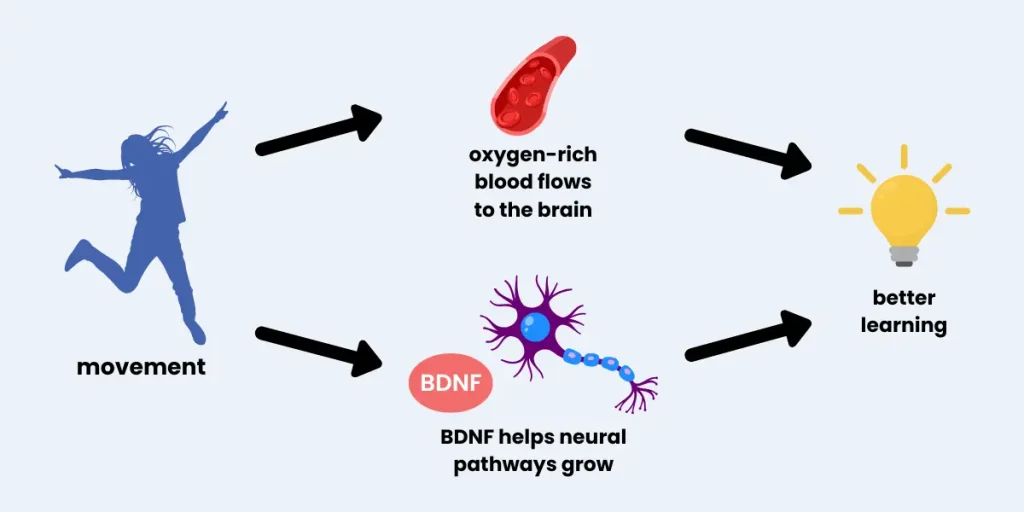
Exercise reduces stress, including the stress associated with academic challenges. Physical activity decreases the level of adrenaline and cortisol in the body and increases the production of endorphins. Endorphins are neurochemicals that make us feel good.
Additionally, we found that movement-based activities increase student engagement. An 8-week study by the National Math Foundation found that kinesthetic activities to learn multiplication significantly increased student engagement compared to traditional activities.
Movement-based learning activities included active math movements and jumping on Math & Movement floor mats. Traditional activities included whiteboard work, flashcards, and worksheets.
No Data Found
So, kinesthetic instructional strategies help ELL students by:
In February 2023, Education Week posted a poll asking teachers if they felt they had enough training to teach English learners. Of 1,248 responses, 36% said yes, and 61% said no. These results lend to an unsettling takeaway: Most teachers do not feel equipped to teach ELL students.
Luckily, Math & Movement is here to make kinesthetic strategies for teaching ELL students possible in every classroom. Educators can get started by encouraging students to simply move more throughout the school day. Even short movement breaks can benefit students.
Active math movements are Math & Movement’s short exercise breaks for practicing counting. They do not require any materials; All you need is your students’ bodies, energy, and imaginations! These breaks are designed for students to do while sitting at their desks, standing between lessons, or traveling in the hallway.
Most of our active math movements are cross-body movements, meaning that they engage both sides of the brain. These movements energize minds while enhancing math skills. Learn how to do these quick movement activities by downloading our Training Manual!
Want to get started with movement-based learning right now? Enter your email to get our training manual with over 250 active math movements. No materials necessary!
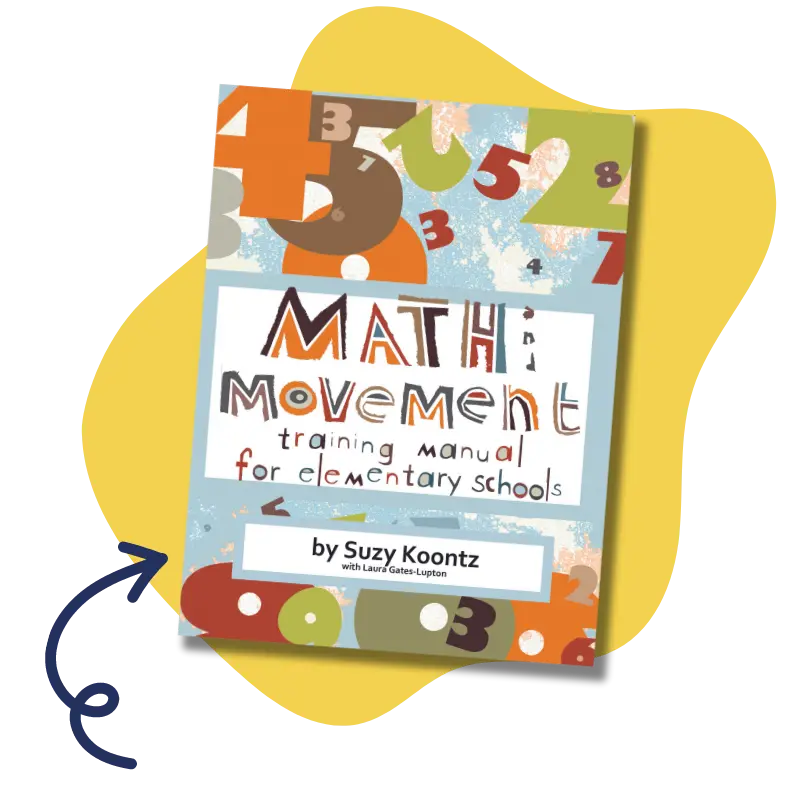
See how simple adding movement can be!
Math & Movement has a wide variety of kinesthetic learning products available, including floor mats and stickers. Our materials allow educators to seamlessly integrate movement into their existing curriculum and engage students on a large scale.
We also offer professional development workshops and webinars to help teachers feel confident implementing movement-based learning strategies for ELL students. Plus, with every Math & Movement order, your school receives unlimited access to our online activity database, which includes hundreds of ways to use our materials.
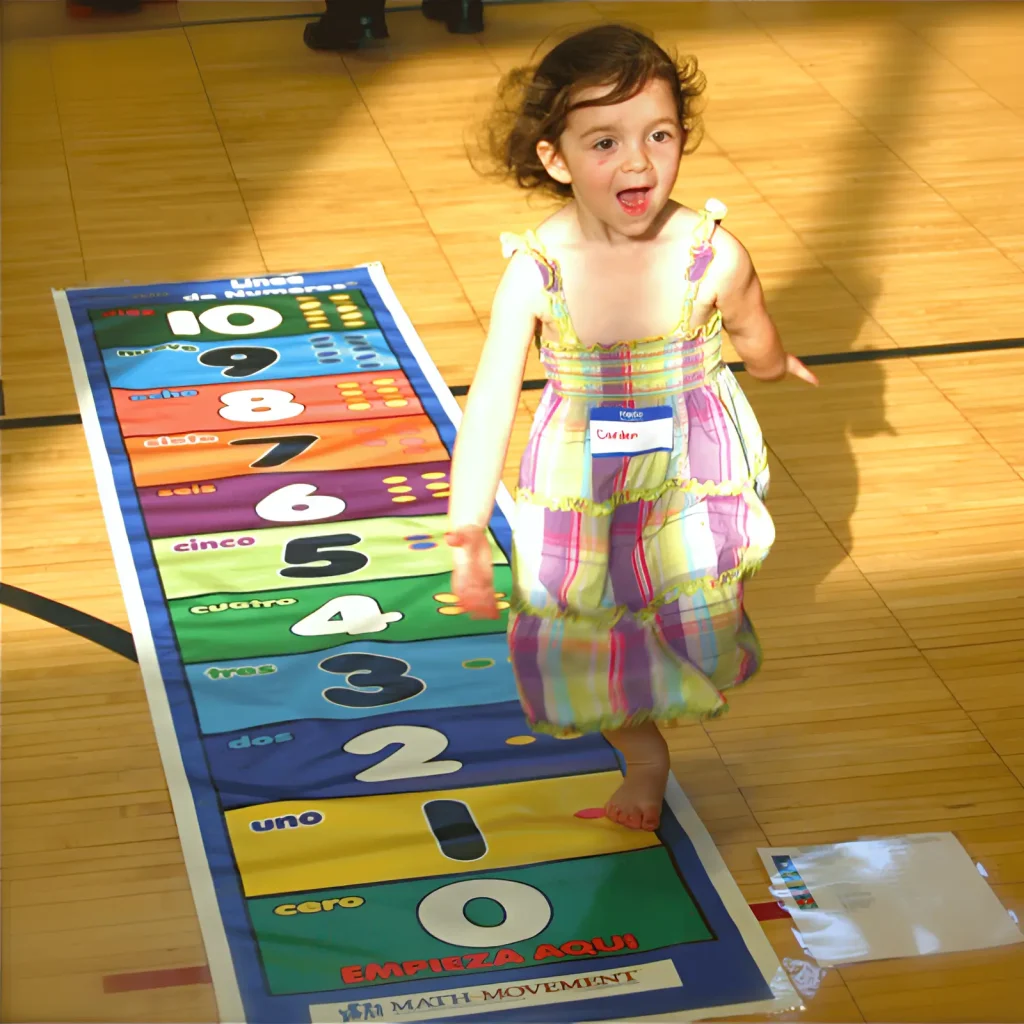
The Math & Movement program is proven to:
Take this teacher’s word for it!
"I have been using math and literacy mats in my classroom. My students love the mats. The movement helps the students in a myriad of ways," Alicia says. "Students learn, have fun, and work together with each other. The mats are great for collaboration and problem-solving."
We’re sharing some of Alicia’s strategies for teaching ELL, her experiences, and her top product picks! These products are also included in our classroom kits.
Students in Alicia’s class who were below grade level significantly grew their math skills with regular use of our math mats. Alicia especially likes the Skip Counting by 2s mat for younger students who are learning to count up to 20 and identify odd and even numbers.

Math vocabulary words can be particularly tricky for English language learner students. But Alicia can attest that adding movement helps students visualize, break down, and understand the terms.
Alicia’s students are learning to make letter-sound connections in their home language and their second language. They are also learning to read, write, and recognize print.
Alicia says she likes the Make-A-Word Hop for teaching CVC vocabulary words. The mat allows for practice with letter sounds, word building, spelling, vocabulary word recognition, speaking English, and more!
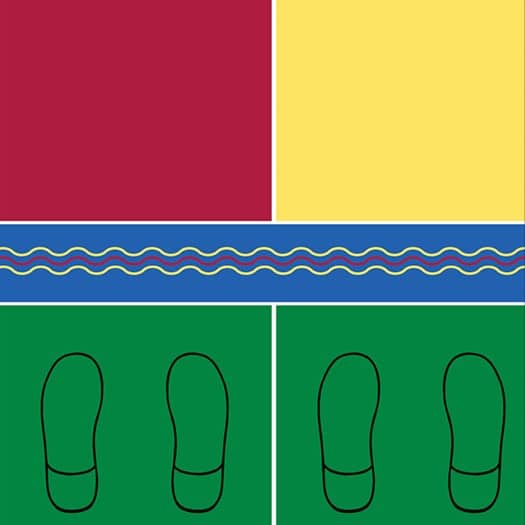
One student from another country came into Alicia’s class with no literacy skills or number sense. He is now doing basic addition and subtraction up to 20, counting in both languages, and recognizing more English words!
Alicia credits the Word Hop mats for helping this student recognize more words: “At one point, after having the literacy mats in the classroom for a few weeks, the student recognized a word on the smart board and said, ‘I know this word!’ The student went to where the mats were and pulled out the literacy mats. He searched, then said, ‘See, it’s here!'”
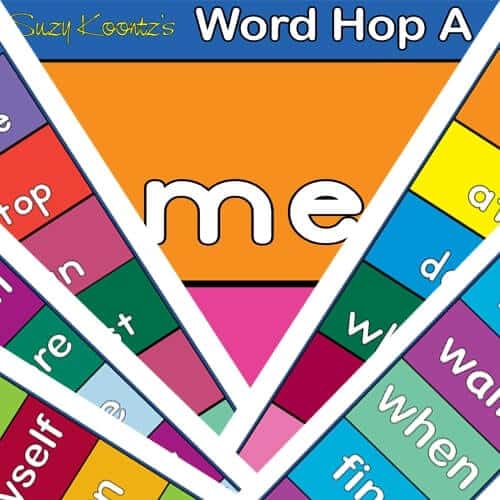
Thanks to our research-based strategies for ELL students, Alicia’s class made significant progress throughout the school year.
"Movement brings something very special to the classroom, and the mats have been an invaluable pedagogical instrument," Alicia says.
Incorporating movement-based learning into lessons supports English language learners in the classroom. By engaging students physically, educators can help their students fully comprehend grade-level concepts. These instructional strategies for ELL students enhance engagement and create a positive and successful learning environment.
Teachers, schools, and districts are continually exploring innovative strategies for teaching ELL students. Math & Movement’s wide variety of bilingual products can make adding movement to any lesson possible.


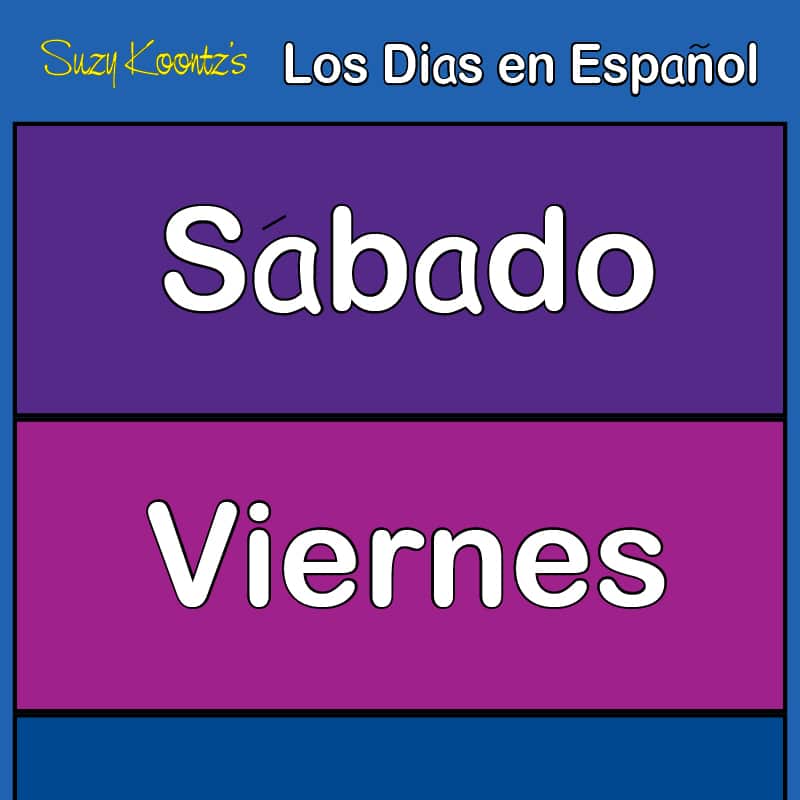
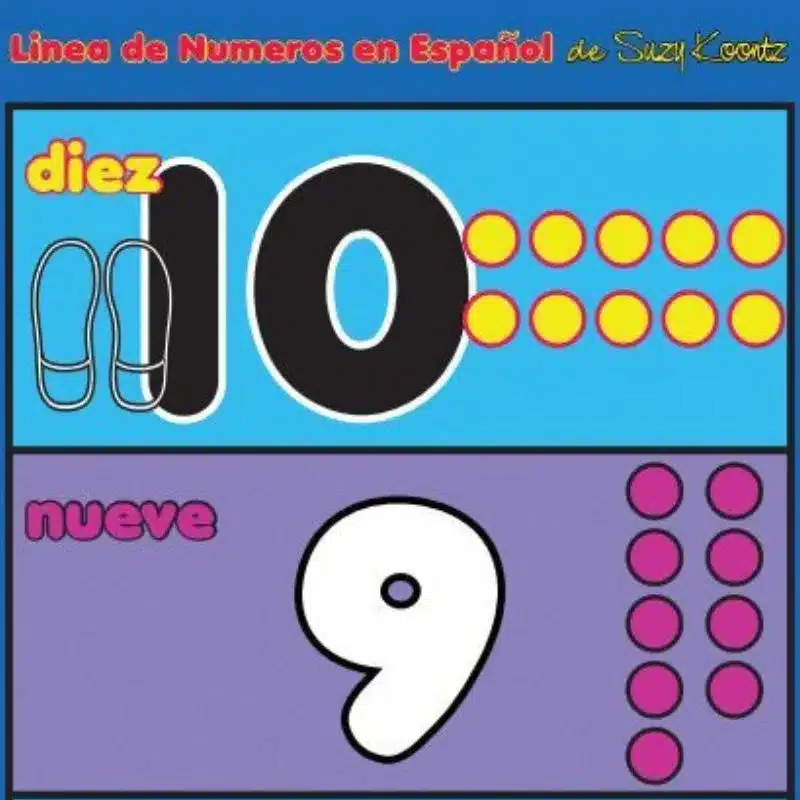
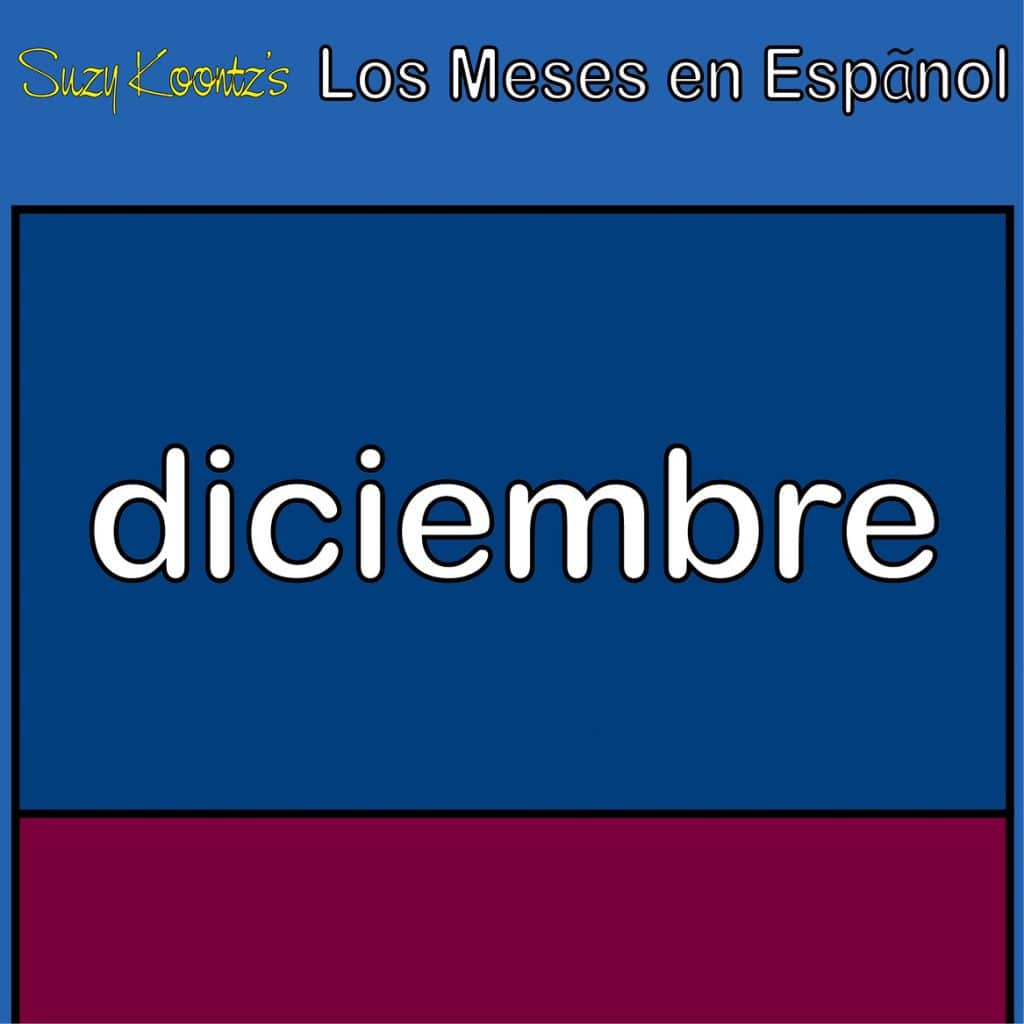
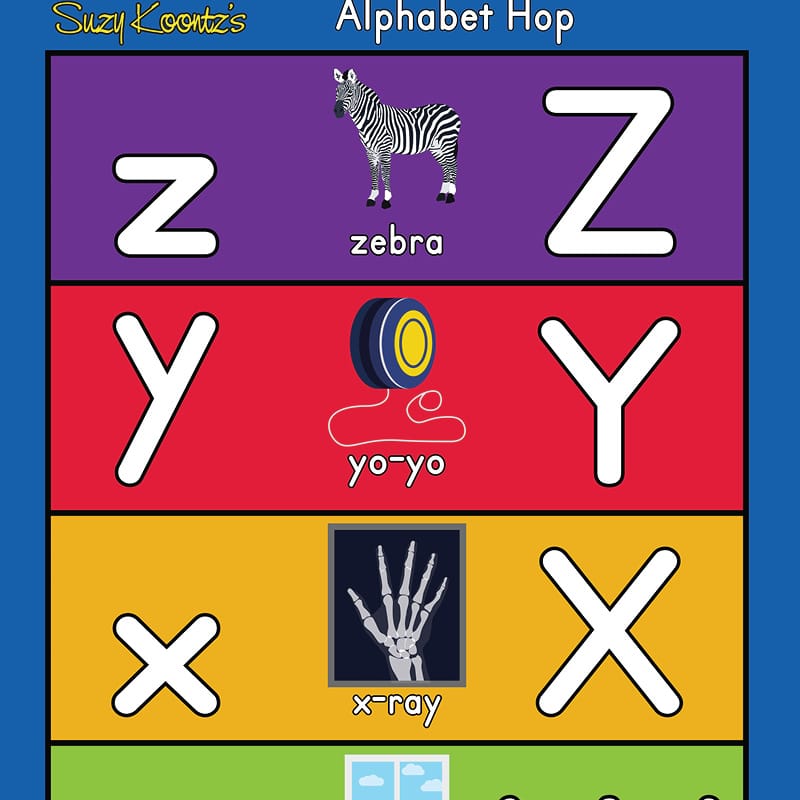
The acronym ELL stands for “English Language Learner.” Meanwhile, the acronym ESL stands for “English as a Second Language.” Typically, ELL describes students who are learning English and have a different native language. ESL describes programs and instruction for students learning English.
Some of the key challenges of a language barrier in school include:
Since many ELL students prefer a kinesthetic learning style, using movement-based learning strategies for ELL students can be the most effective way to support them in school. Movement can help students understand concepts that they may not comprehend with visual or audible methods alone.
Teachers can manage ELL students in their class by:
Consider the science of reading in your ELL strategies for reading. Math & Movement’s literacy kits contain materials to help students develop their phonemic awareness, phonics recognition, fluency, vocabulary, and comprehension through kinesthetic learning strategies.
Education Week. “Increasing Equity in Education for English Language Learners in the US.” Education Week, 18 May 2023, https://www.edweek.org/sponsor/timekettle/increasing-equity-in-education-for-english-language-learners-in-the-us.
Gilakjani, Abbas Pourhosein. “Visual, Auditory, Kinaesthetic Learning Styles and Their Impacts on English Language Teaching. ResearchGate, Dec 2011, https://www.researchgate.net/publication/272662421_Visual_Auditory_Kinaesthetic_Learning_Styles_and_Their_Impacts_on_English_Language_Teaching.
Mulalic, Almasa, Parilah M. Shah, and Fauziah Ahmad. “Perceptual learning styles of ESL students.” ResearchGate, Jan 2009, https://www.researchgate.net/publication/285976746_Perceptual_learning_styles_of_ESL_students.
Najarro, Ileana. “The English Learner Population Is Growing. Is Teacher Training Keeping Pace?” Education Week, 21 Feb 2023, https://www.edweek.org/teaching-learning/the-english-learner-population-is-growing-is-teacher-training-keeping-pace/2023/02.
National Center for Education Statistics. “English Learners in Public Schools.” U.S. Department of Education, Institute of Education Sciences, May 2024, https://nces.ed.gov/programs/coe/indicator/cgf/english-learners.
Movement isn't just for recess
Want to get started with movement-based learning right now? Enter your email to get our training manual with over 250 active math movements. No materials necessary!
More Reading
Check out our other articles on these topics.

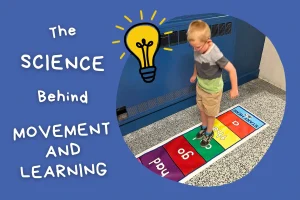

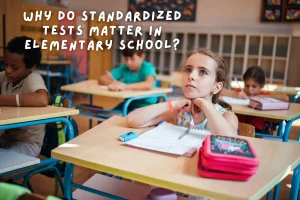
Please leave your email and a quick note for us. We will get back to you soon! In the meantime, here are answers to some of our most common questions:
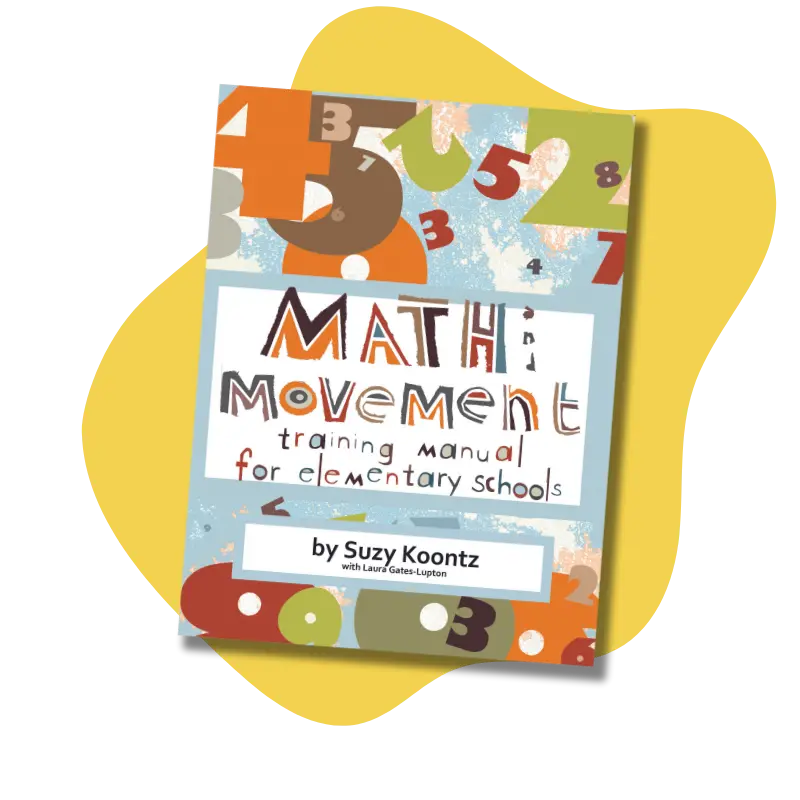
Enter your email to get our training manual with over 250 active math movements. No materials necessary!
We never share or sell your data.